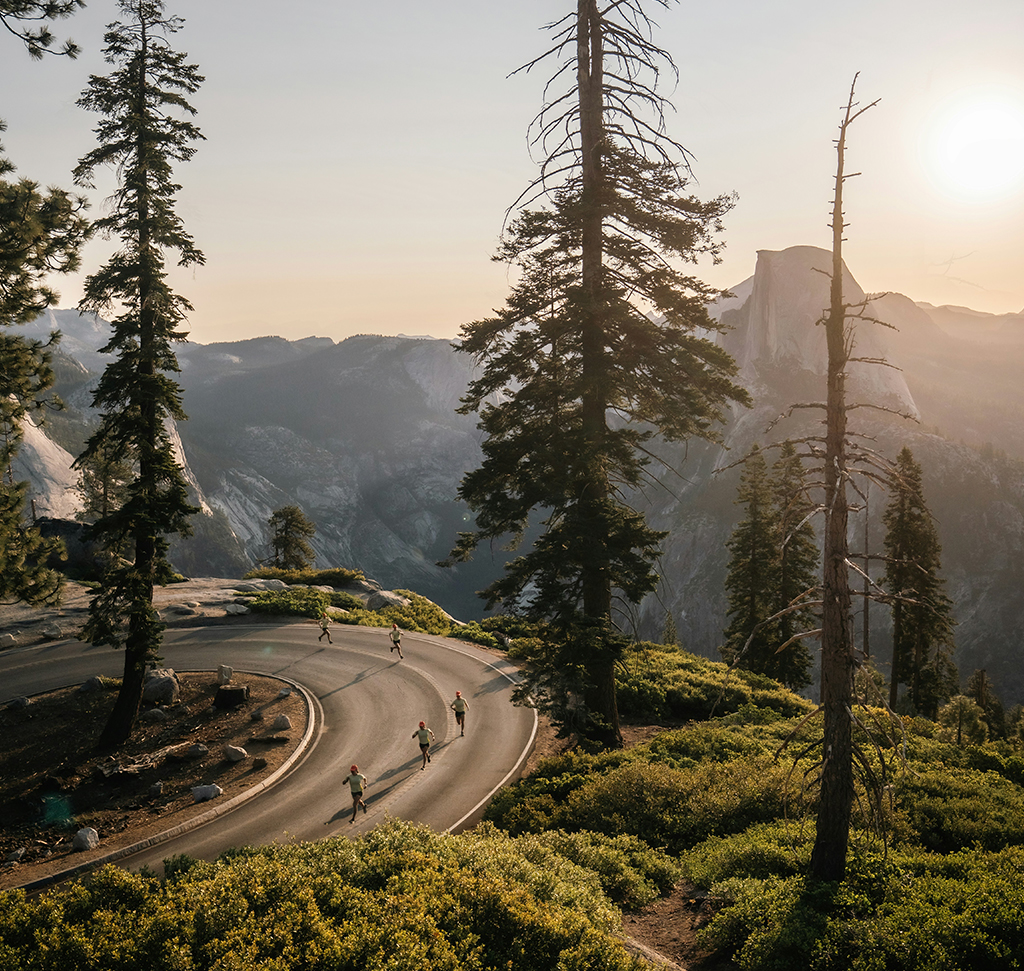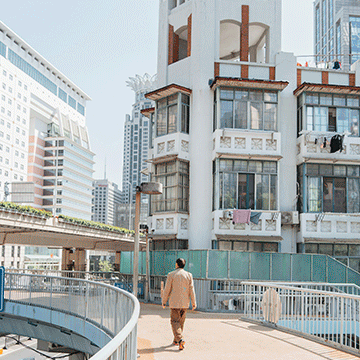Download Assets
description
Learn the essential Photoshop workflow! On day 2 of 30 Days of Photoshop, you’ll discover how to open, edit, and save your work effectively. We’ll cover everything from using the gradient and brush tools to saving layered PSDs and exporting compressed JPEGs for sharing.
Follow along with all 30 episodes as we explore the the magic of Photoshop together!
Watch Next
JOIN 30 DAYS OF PHOTOSHOP (FOR FREE!)
Ready to jump in? Sign up and we’ll email you a printable calendar and daily class schedule so you can get started right away!
Image Source
- Venti Views
Images sourced from Unsplash.
Share
AFTER
BEFORE
Your First Steps in Photoshop
Mastering the basics of opening, editing, and saving your work in Photoshop is crucial for a smooth and efficient creative workflow. This guide breaks down the essential steps covered in the Day 2 tutorial, giving you the confidence to start and finish your projects with ease.
Opening Your Document
Photoshop offers several ways to open files. The simplest method is to click and drag an image directly onto the Photoshop icon or into the application window. If you already have a document open, dragging a new image into it will place it as a new layer; dragging it to the tab bar at the top will open it in a new document.
Alternatively, you can use the File > Open menu, or the keyboard shortcut Ctrl/Cmd + O to browse for your file. Recently opened files will also appear on your home screen for quick access.
Making Edits
Next we’ll add a simple, yet effective, sun flare using the Gradient Tool (Keyboard Shortcut “G”) and the Brush Tool (Keyboard Shortcut “B”). The radial gradient is used to create a soft, colorful light source, which is then blended with the image using the “Screen” blend mode.
Next, the brush tool is used to create a series of dots on a new layer. These dots are then transformed into light rays using the Filter > Blur > Radial Blur effect. This process highlights the importance of working with layers, which allows you to make non-destructive edits and adjust the opacity and blend modes of each element independently.
Saving & Exporting
Saving your work correctly is a two-step process. First, save your file as a PSD (Photoshop Document) using File > Save As. This preserves all your layers and edits, so you can always go back and make changes. It’s a good practice to save your PSD file early and often (Ctrl/Cmd + S).
Once your edits are complete, you’ll need to export a flattened version for sharing or printing. Go to File > Export > Export As… and choose JPEG as your format. This will create a compressed file that’s perfect for websites or social media, while leaving your original layered PSD file intact for future edits.
Congratulations on completing Day 2 of 30 Days of Photoshop! You’ve successfully learned how to navigate the fundamental steps of a Photoshop project, from beginning to end. Tomorrow, in Day 3, we’ll dive deeper into file formats and explore the key differences between PNGs, JPEGs, and GIFs to help you choose the right format for any project.












